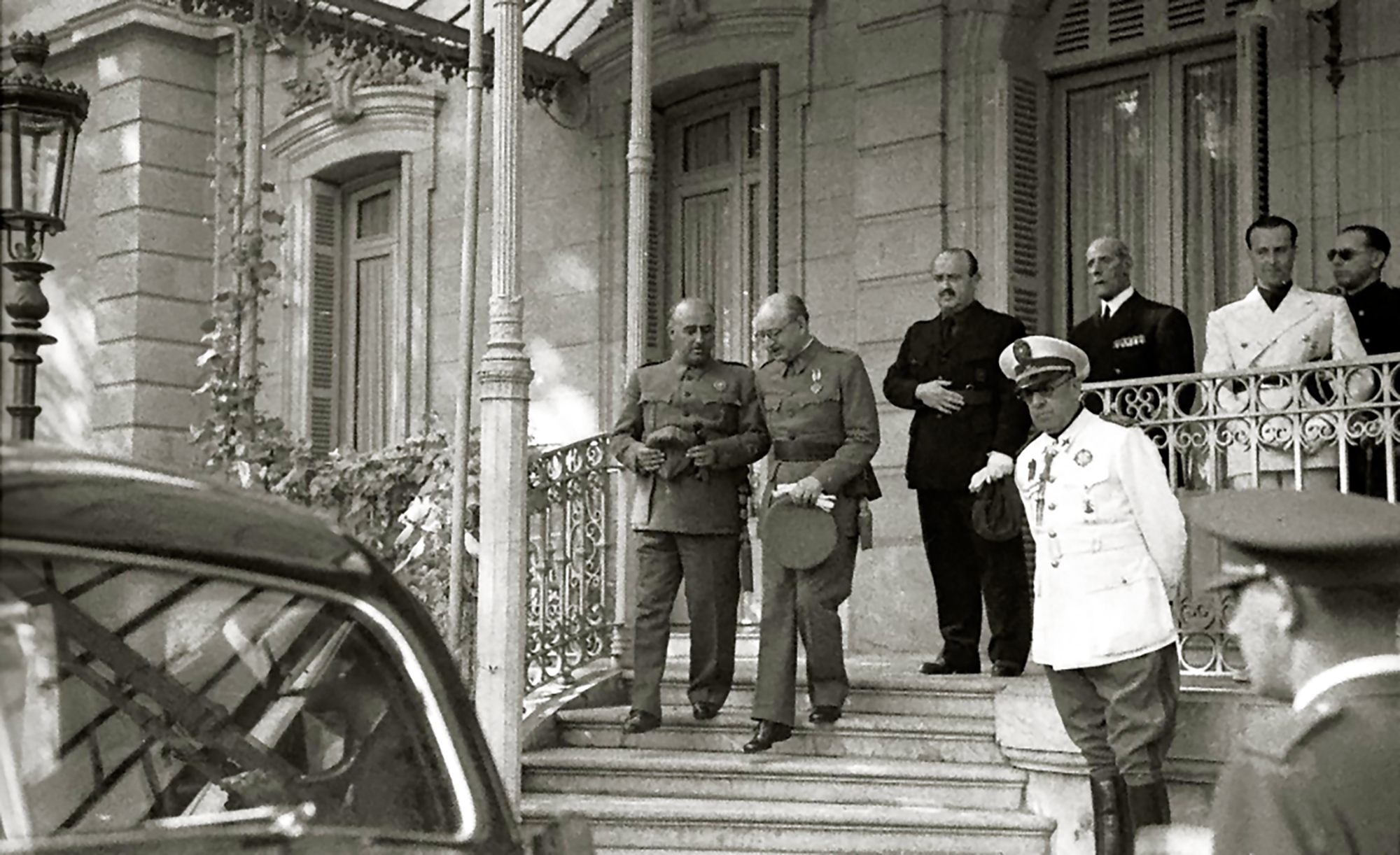
- San Sebastián, 20 August 1962. A bomb explodes in Aldapeta, path to Aiete Palace. In the official media, they did not give it any importance and attributed noise to rockets. But behind it was an attempt to attack Francisco Franco.

It was neither the first nor the last attempt to assassinate the Spanish dictator. Before the uprising on July 18, 1936, two army warheads were killed in the Canary Islands by the republican government expelled from the peninsula. They did not achieve the goal and, later, the two soldiers were killed by the Falangists. After the war, the turn of Kim Philby, a journalist at The Times, came. Philby worked for British intelligence, but secretly he was also a Soviet agent. In Salamanca, he approached Franco with the excuse of the interview and could kill the leader. But the spy plan didn't make any way.
After the war, cooperation between monarchists and anarchists failed. Many monarchists did not see any future in the new regime and, although it seems to be a lie, some aristocrats contacted CNT Secretary General Enrique Marco Nadal to prepare the magnicide. When Nadal was arrested, those intentions remained nothing.
But the anarchists did not give in: During the cacerías that prepared for Franco in Ciudad Real, about one hundred escopists were used and some of them were tried to be persuaded; the team of Wenceslao Jiménez Orive prepared a plan to shoot on the Madrid-Zaragoza highway; Domingo Ibars, which had the explosive prepared on a visit to Barcelona, was retired when the young Céart was full of children…
That summer of 1962, Franco was also going to spend his holiday in the Aiete Palace. But no one knew when he was going to arrive in the Meiras Pacific. The anarchists were attentive to all signs, such as the pond in front of the palace, where the duck and the swan stood just before the dictator arrived.
In San Sebastian, the most spectacular essay was in September 1948. Laureano Cerrado Santos managed to buy an airplane and the goal was to air bomb while watching the regatta on the boat Franco Azor. It is not clear why that plan failed: some say that the two fighter planes prevented him, others were scared or, seeing that there were so many boats around, wanted to avoid the massacre.
Responsibility for avoiding chance or side damage?
But it is clear why the attack of 60 years ago was not successful, said by the leader of Octavio Alberola himself. That summer of 1962, Franco was also going to spend his holiday in the Aiete Palace. But no one knew when he was going to arrive in the Meiras Pacific. Anarchists were attentive to all signs, such as the pond in front of the palace, where the duck and swan stood just before the dictator arrived. It was excavated on the Aldapeta road, the explosives left by ETA were prepared, and it was kept waiting at a point in Igeldo where the road to Franco was clearly visible.
It was almost a week, Franco didn't show up and was finishing the detonator battery. “Seeing that it didn’t come and calculating that the batteries had only one day left, we decided to blow up the bomb,” says Alberola. Once the battery was finished, they wanted to avoid the explosion and innocent victims at any time. According to How to Kill a Dictator by Ángel De La Rubia, Franco arrived the day after Aiete, two days later, according to Alberola.
There are those who randomly attribute the failure of so many attempts to kill Franco. Anarchists denounced the conspiracies against them, but they also made self-criticism. According to José Torremocha, head of the CNT, “the words lost us”. The communist Santiago Carrillo accused the attacks of a lack of seriousness. But this rapid review, which does not capture all the efforts, also highlights another factor: in some cases, marginal damage was avoided. They did not want to murder innocent civilians, despite the enthusiasm for killing Franco.